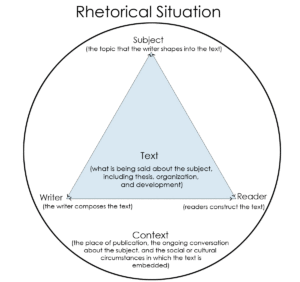Response to #1
I began my search to expand the canon by going back to Fundamentals of Management, the textbook for the management course I took last semester. We did a unit on “Managing Human Resources and Diversity,” so I thought the endnotes of that chapter in the book would lead me to some interesting articles. The chapter covered the full range of diversity from gender to race to sexual orientation to age and more, so there were many possible angles to pursue. I used Summon on the SU library website to search for the scholarly articles, and I found other articles directly on the web from the links that were in the endnotes. I also did keyword searches using terms from our readings and from concepts I came across that I was jotting down as I did my research. One idea led to another and another. So far, I have downloaded about 25 mostly academic articles, and I have started skimming them looking for one that could be influential. Some articles are narrowly focused on a specific industry like healthcare or IT or are based on research in another country. I think I will choose an article that has a broader scope with a US focus probably written by an expert in human resources or management.
Response to #3
In “Understanding Key D&I Concepts,” authors Mark Kaplan and Mason Donovan aim to help managers understand the complex nature of diversity and inclusion in the workplace and point out ways they can adapt their behavior to have a more positive impact. In their own words, Kaplan and Donovan describe workplace diversity and inclusion as “a thousand-piece puzzle … [with] no picture on the box cover to show where the pieces might fit” (1). While their project has a broad scope, they make the concepts relatable by describing them in the context of a typical manager’s day. From their experience as management consultants, the authors understand that concepts such as “unconscious bias” are difficult to grasp yet must be understood before they can be addressed. That is why their method of highlighting moments where improvements can be made and offering possible solutions is so effective. While it is true that not every manager in the real world works in a structured organization like the one described, Kaplan and Donovan reveal many insights, share useful tips, and help managers understand that “good intent is not enough” (6). In other words, to improve workplace diversity and inclusion, managers must be active and not passive about it.

